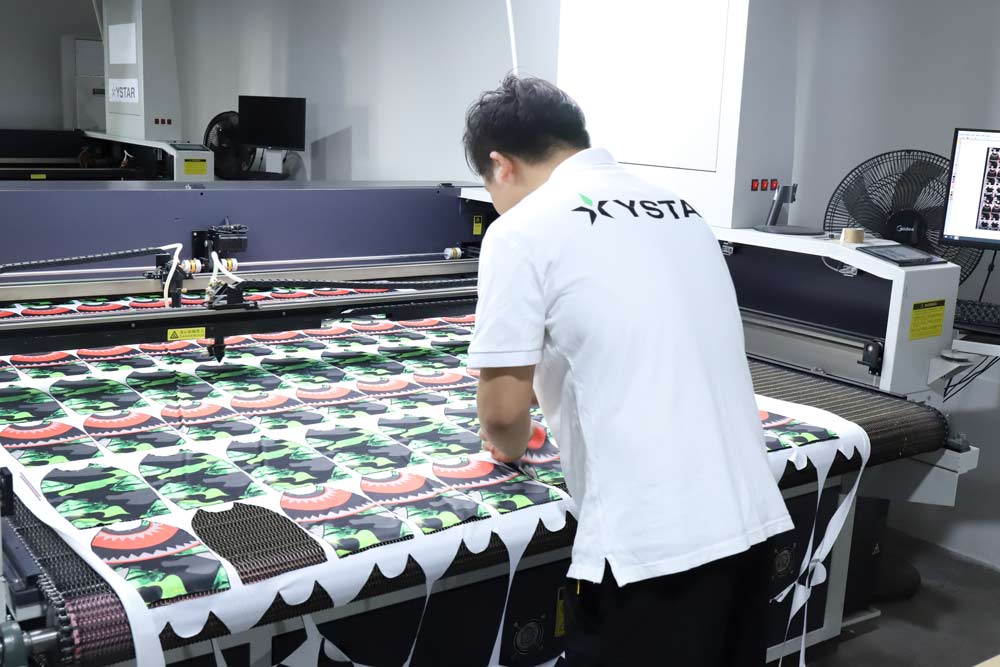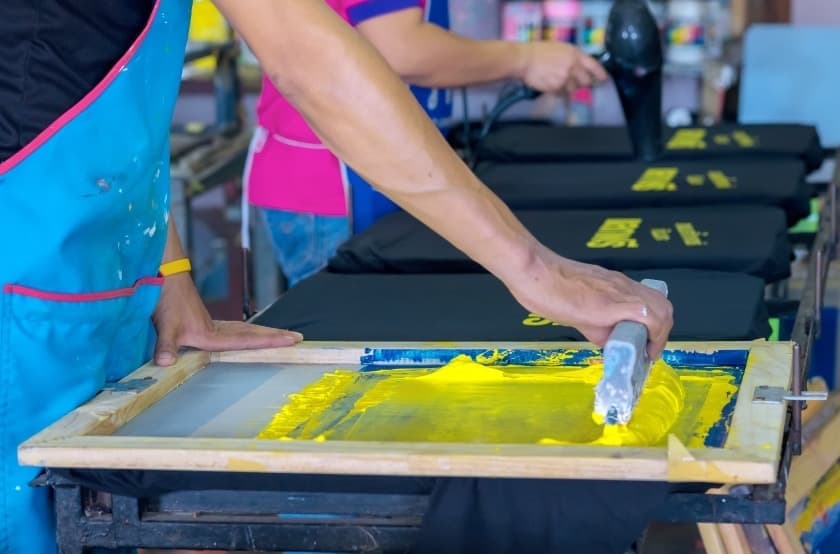What are the common printing technologies?
Advantages and Disadvantages
Created by: Frank | Updated on: June 10, 2022
In this blog below, I detail screen printing, pad printing, digital printing and heat transfer printing based on my nearly 20 years of experience in the industry.
If you want to know which process you can use to achieve your ideal printing results, feel free to contact the YSTAR team and we will provide you with professional advice for the best results and the most cost effective!
Table of Contents
There are several different printing processes that are commonly used to print fabrics. Each of these processes has its own advantages and disadvantages. In this article, we will discuss the four most common printing processes: screen printing, pad printing, digital printing, and heat transfer printing. We will also discuss the advantages and disadvantages of each process so you can decide which is the best choice for your product!
Heat transfer printing is most commonly used as a sublimation method. The principle is to use the sublimation property of disperse dyes to transfer and fix disperse dyes onto synthetic fibers such as polyester under high temperature conditions.
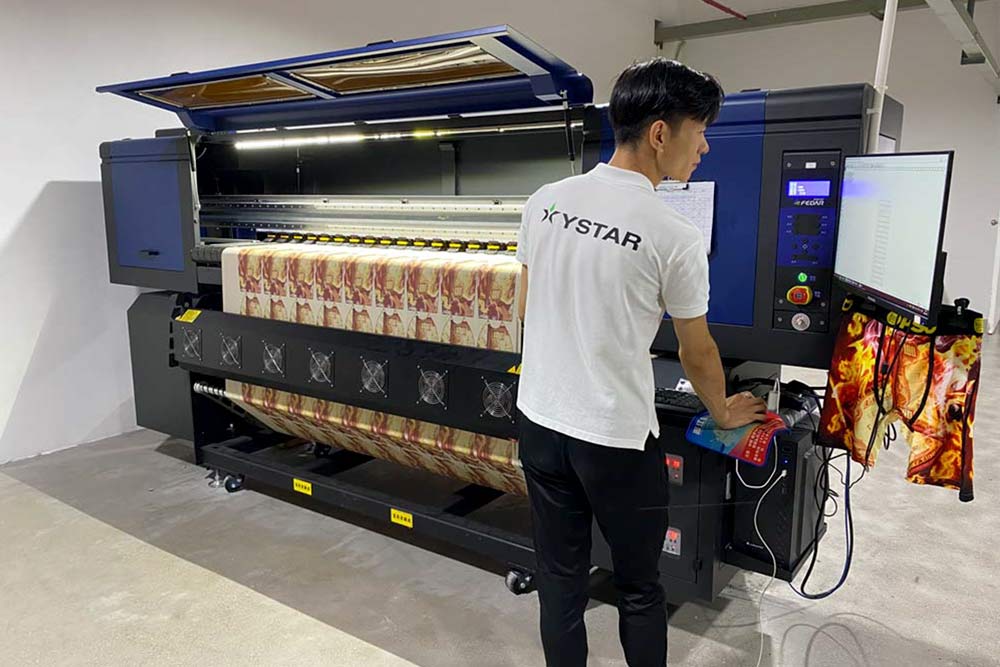
There are two steps to digital printing.
- The first step in heat transfer printing is to print the patterned pattern onto the paper with disperse dyes or inks through a plate-making roller or flat screen, or a rotary screen printing machine.
- In the second step, the transfer printed paper with the patterned pattern is merged with the fabric in adapted temperature and pressure conditions through a transfer printing machine. After physical and chemical action, the pattern on the paper is instantly sublimated and transferred to the surface of the fabric, while diffusion penetrates into the inner layer of the fiber to be fixed.
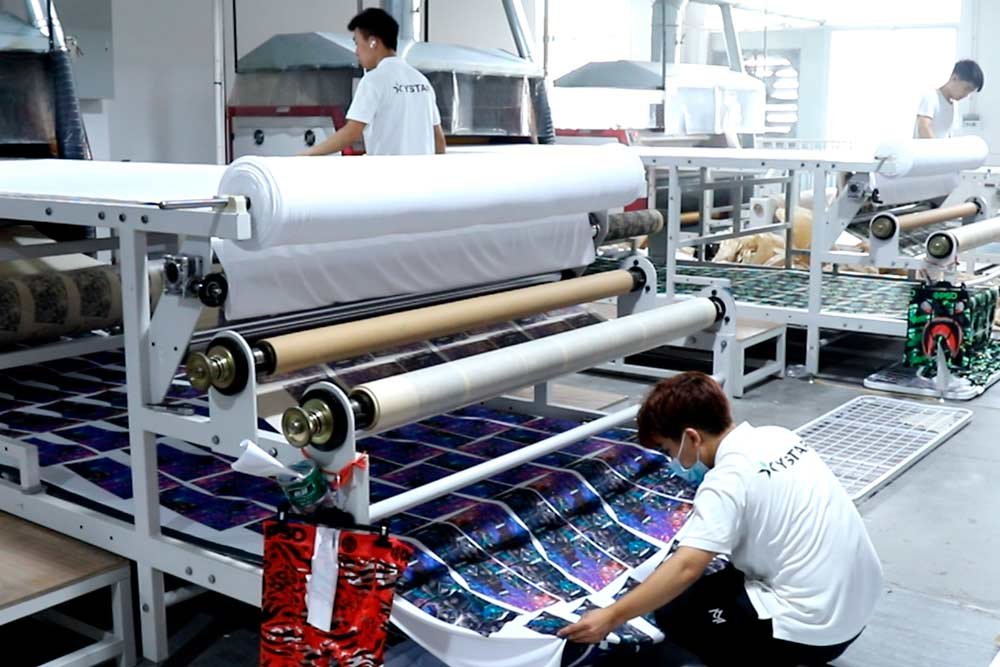
– Advantages
Small footprint and short process flow.
Complete color fixation by using the sublimation and fixation characteristics of disperse dyes.
The post-treatment process such as fixing and washing is eliminated, thus eliminating the problem of sewage and making it an environmentally friendly printing and dyeing method.
The pattern of transfer printing fabric is clearer, more distinctive, more evenly colored, and strong three-dimensional feeling.
– Disadvantages
Only suitable for small batch, multi-species and short delivery time products.
The application range of fiber is limited. The transfer process requires high temperature and pressure, so it is mainly used for chemical fiber fabrics, mainly polyester fiber. On natural fiber fabrics, it is difficult to achieve satisfactory scale production.
Transfer paper requirements are high and the amount is large.
YSTAR Wear uses heat transfer technology to print colorful patterns onto the boxer brief and then stitch the fabric pieces together to make the boxer brief. The boxer brief produced in this way is colorful, comfortable to wear, and fashionable, and is loved by end consumers.
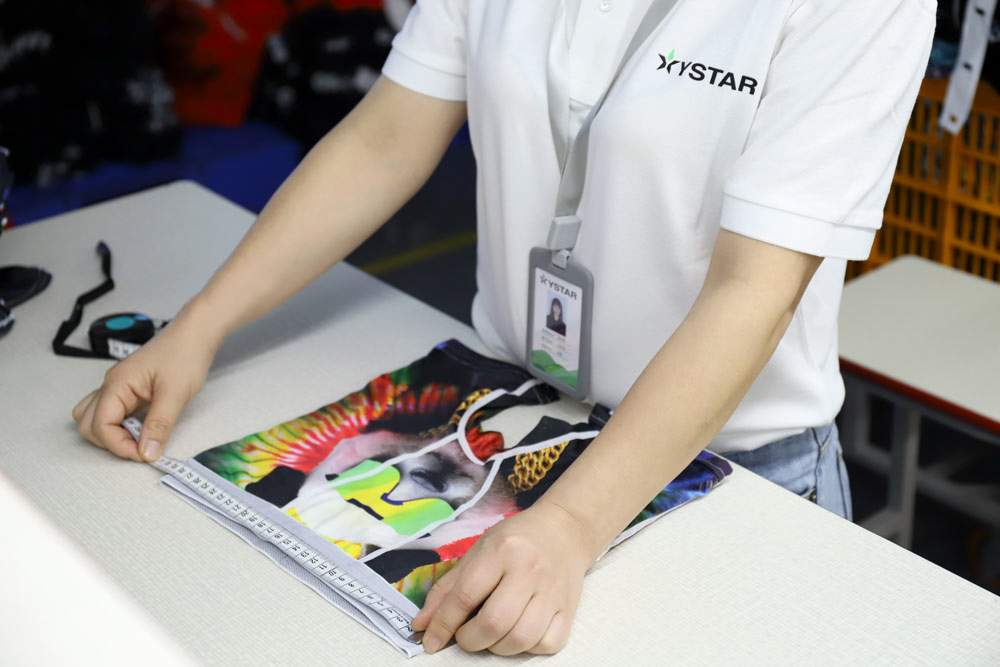
Screen printing is a printing process that involves the use of a screen to transfer ink onto a substrate, usually fabric. This process is suitable for printing on regular workpieces (flat, round, tapered surfaces)
Screen printing is divided into three steps.
- The first step is to create a stencil, which is done by blocking the area on the screen where you do not want the ink to appear.
- The second step is to apply ink to the screen and then use a squeegee to push the ink through the open areas of the stencil onto the fabric.
- The third step is to remove the screen from the fabric and allow the ink to dry.
– Advantages
It is a very versatile printing process that can be used on a variety of substrates.
In addition, screen printing allows for a high degree of accuracy and relatively low cost when reproducing simple designs.
Thicker ink layers, more three-dimensional graphics, suitable for large printing areas, wide applicability and a wide selection of inks.
– Disadvantages
It is a relatively slow printing process and can be expensive if you need to print large quantities of fabric.
The product should be a regular surface.
Screen printing requires the use of hazardous chemicals, such as solvents and inks, which can make the process dangerous for both workers and the environment.
Pad printing is the use of the adhesive head as an intermediary to transfer the graphics on the steel plate to the fabric.
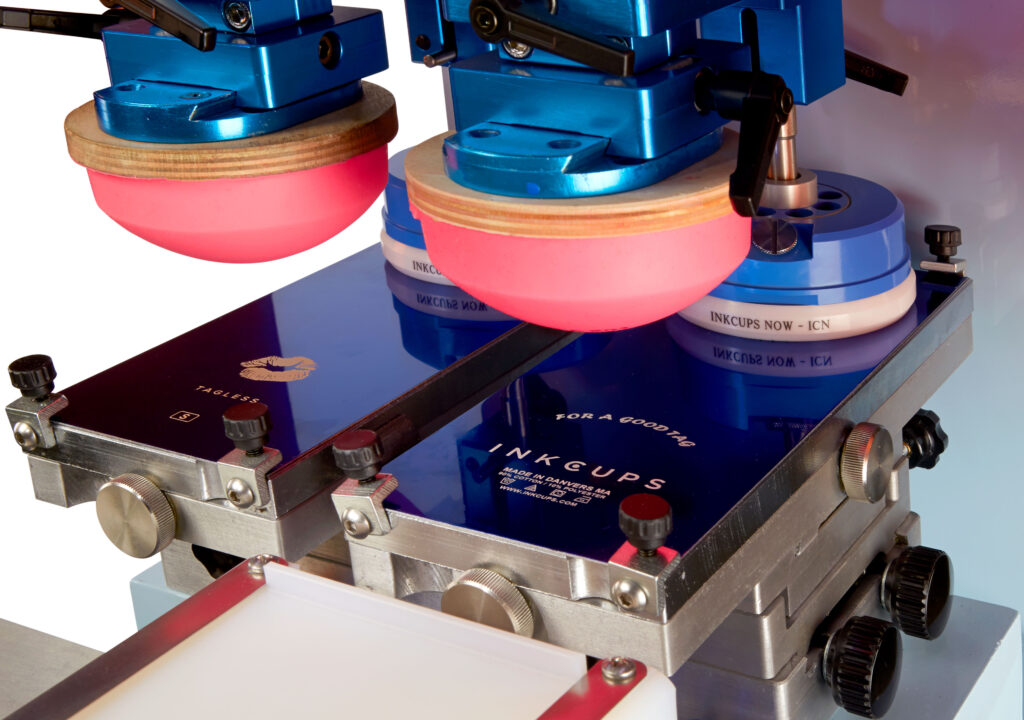
The pad printing process is divided into three main steps.
- First step: making the printing plate
- Second step:making the glue head
- Third step:transferring the image.
– Advantages
The ink layer is thinner than screen printing, which makes it more suitable for delicate fabrics.
It is a relatively fast printing process.
good printing results on both regular and irregular surfaces, high speed, high color resolution, low pressure (even printing on eggs and cakes) and low cost investment for this printing process.
high resolution of graphics, especially multi-color printing, low cost investment and simpler operation.
– Disadvantages
thin ink layer, if UV printing is required, it is difficult to choose the ink, not suitable for large-area printing.
Digital printing is a printing process that uses digital technology to transfer images onto a substrate.

There are two steps to digital printing.
- The first step is to create a digital file of the image you want to print.
- The second step is to send that file to a printer, which will then use inkjet or laser technology to transfer the image to the substrate.
– Advantages
It is a very fast printing process.
Another advantage is that digital printing does not require the use of hazardous chemicals, making it a safer option for both workers and the environment.
In addition, digital printing is a more accurate printing process than screen printing, making it ideal for reproducing complex designs.
– Disadvantages
One of the disadvantages of digital printing is that it is more expensive.
Also, digital printing can only be done on certain substrates, such as polyester or nylon.
Just now, I have introduced screen printing, pad printing, digital printing and thermal transfer printing in detail, I believe you have a deeper understanding of them
If you want to know which process can achieve your ideal printing effect, welcome to contact YSTAR team, we will provide you with the best effect and the most cost-saving professional advice!
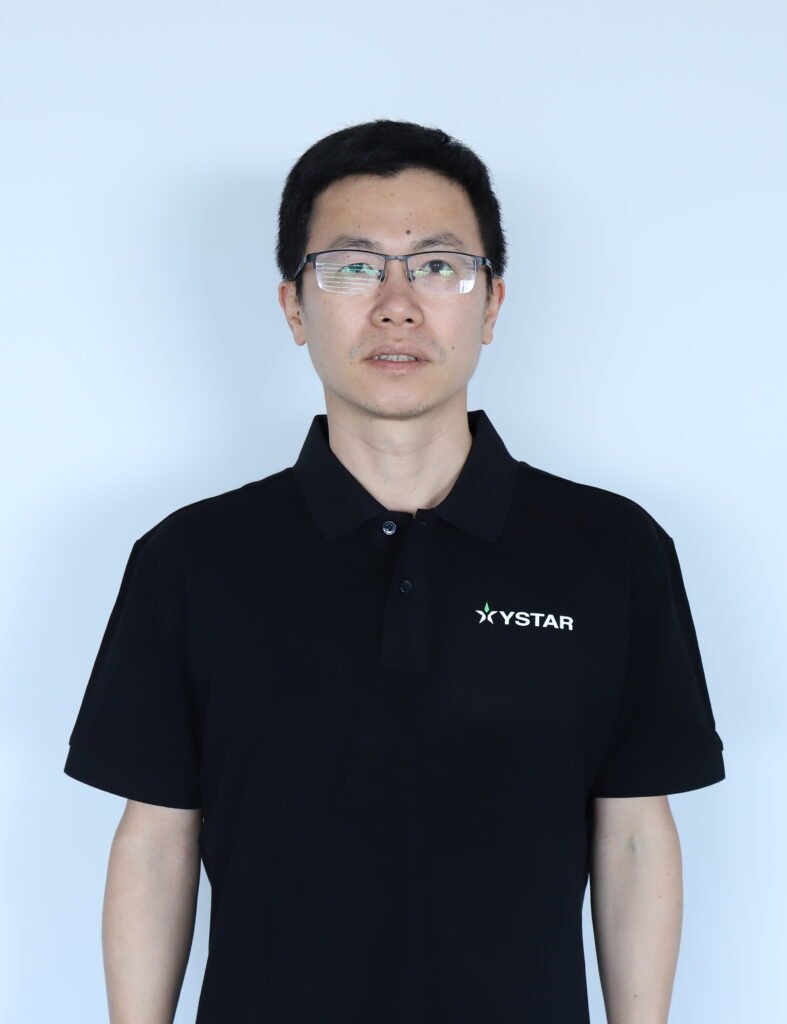
Mark
Hi, I’m the author of this post, and I have been in this field for more than 15 years. If you need OEM&ODM service for underwear, feel free to ask me any questions.

